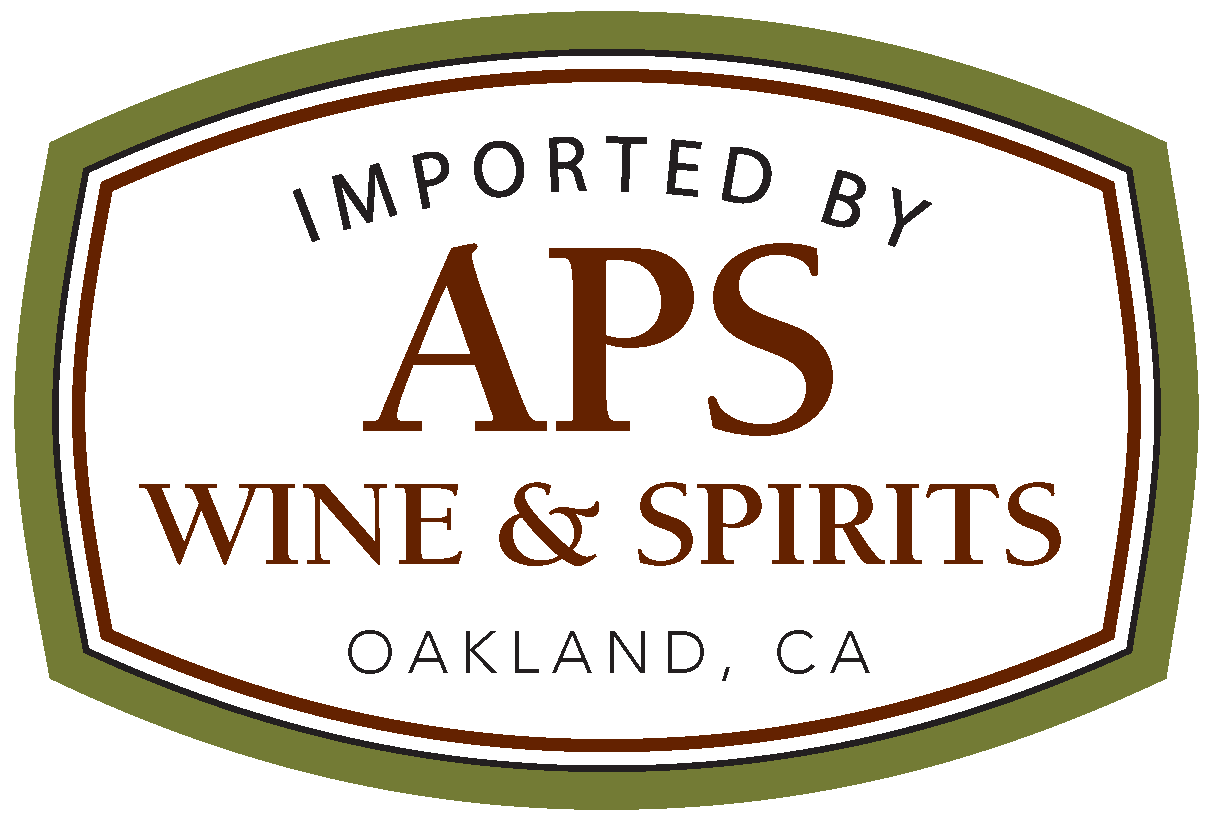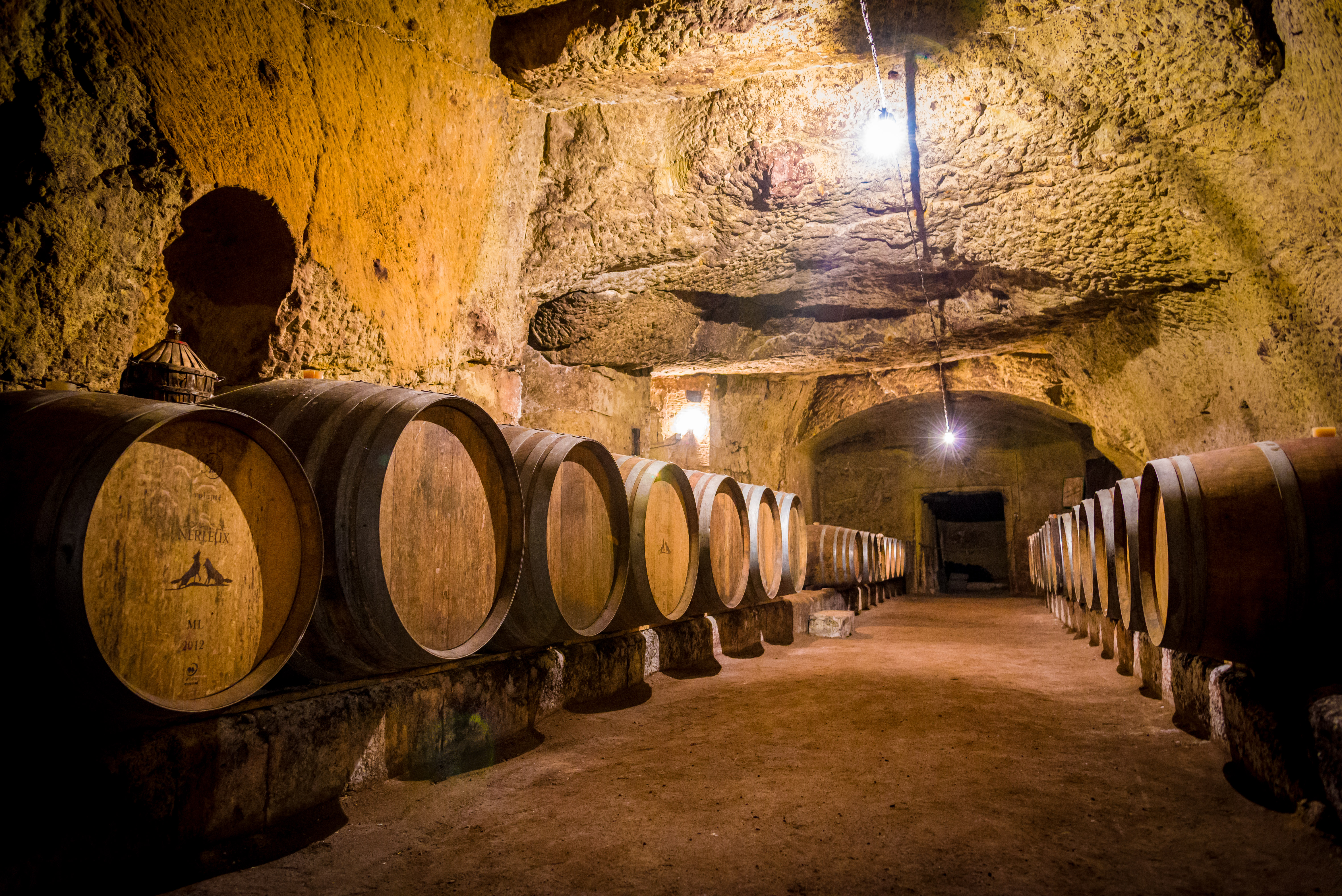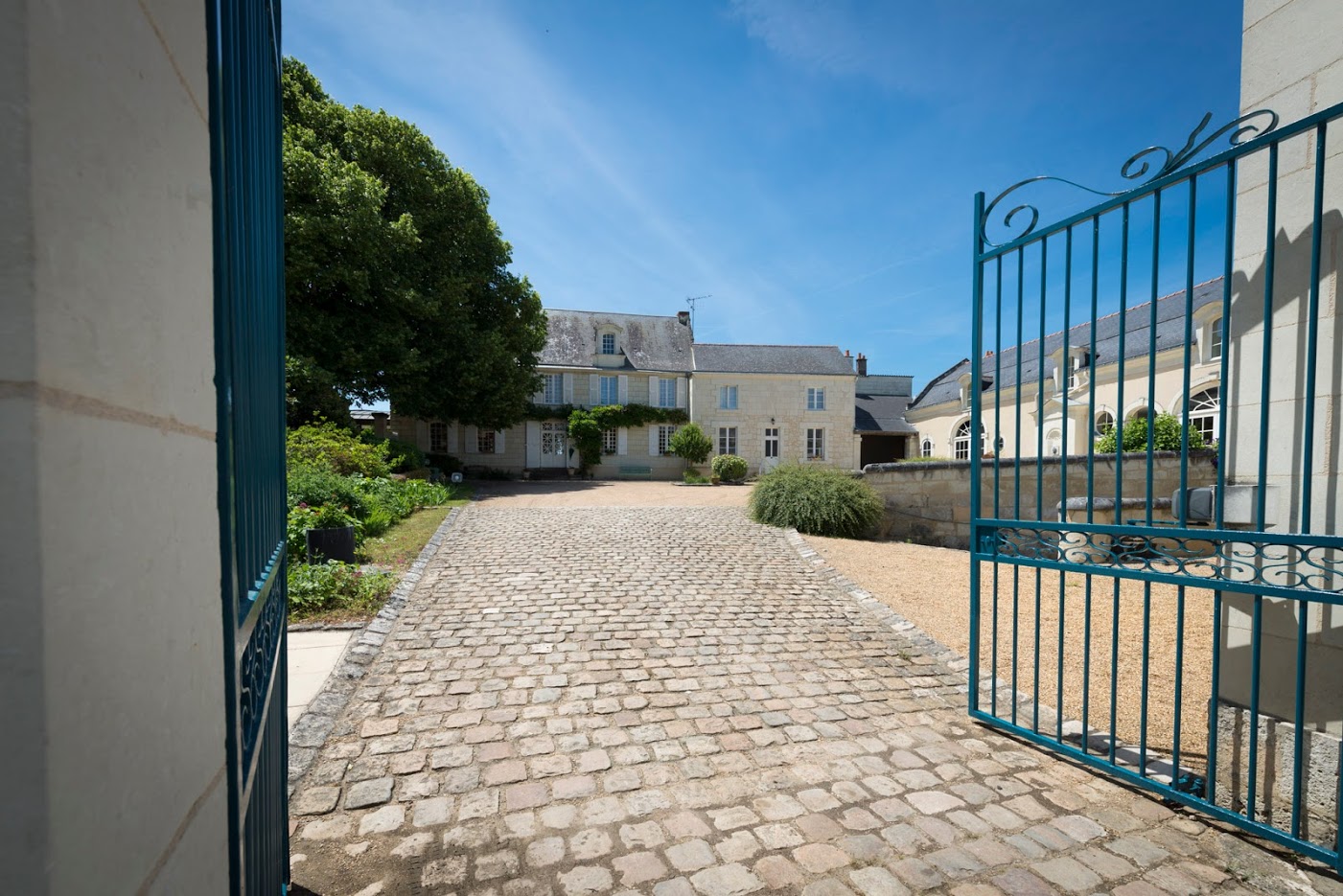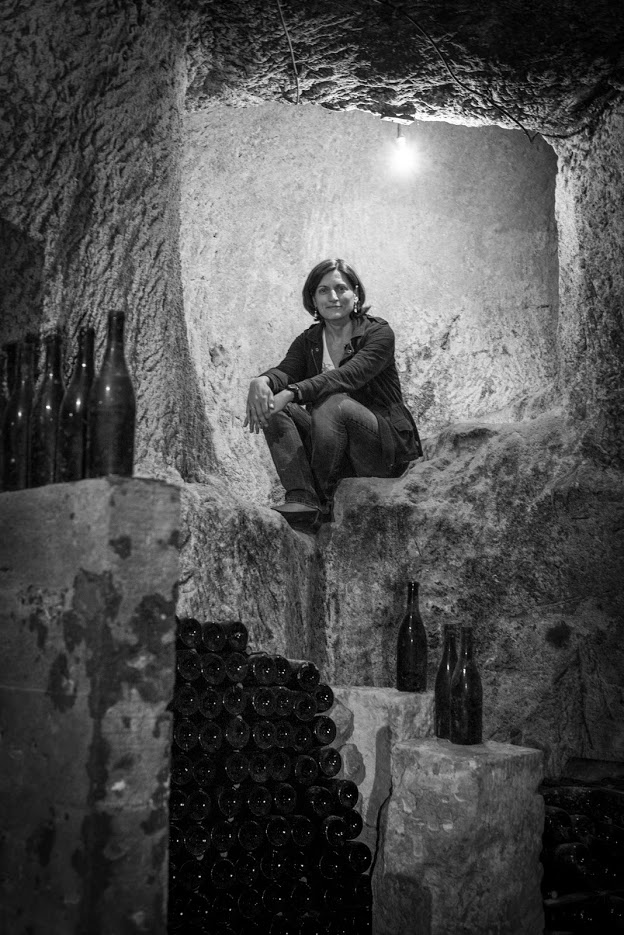CABERNET FRANC WONDERLAND
FINAL DESTINATION: SAINT-CYR-EN-BOURG
It’s hard to wrap your brain around nine generations. How many “great-gramdmothers” is that? How many grape harvests in nine generations? Well, Amélie Neau will tell you. She is a ninth generation vigneronne and daughter of Régis Neau who grew-up in the Cabernet Franc wonderland of Saint-Cyr-en-Bourg.
Guided by the delightful and talented Amélie Neau, daughter to a living legend, Régis Neau, and found in the petite Alice-in-Wonderland village of St-Cyr-en-Bourg. Don’t worry when you visit; we’ll send you the coordinates. The domaine is surrounded by history, and, of course, two monopole vineyards held by the Neau family for nine generations, coveted sites indeed. Clos des Châtains and Les Loups Noirs are cultivated and harvested by hand, and untouched by anything not biologique. No sacks of nitrogen fertilizer, no herbicides, nothing of the sort. Visiting the cellars, you find that this care carries over to their vinification. They use cement and enamel-lined vats, as well as INOX stainless steel tanks. Quality is in plain view at Domaine de Nerleux. New oak? Sorry, there is none. Demi-muids? Yes, and they really are incredible to see.
And what about the location of the domaine? Well, it is located in one of the Loire’s most heralded appellations: Saumur-Champigny. Saumur-Champigny is not to be confused with the much larger appellation and city of the same name to the north called Saumur. Saumur-Champigny can only be produced from the vineyards of eight villages surrounding and including St-Cyr-en-Bourg. St-Cyr-en-Boug sits atop a broad hilltop in the Loire’s Turonian plateau with soils of the famous jaune tuffe (yellow limestone), which is thick with ample chunks of the rock. Think Châteauneuf-du-Pape. From St-Cyr-en-Bourg, we focus further onto the vineyards of Domaine de Nerleux at the historic center of the commune and appellation. They are the Clos des Châtains vineyard, which is a whopping 5 hectares/12 acres and was planted in 1953; and the tiny, but beloved, Loups Noirs, “Black Wolves,” which is a mere 2.5 hectares in size and was planted in 1933. Curiously, the Champigny of Saumur-Champigny comes from a Latin phrase, “campus igni”, or “field of fire”, and dates back to Henry IV. It is probably a reference to the hard limestone of the vineyards, which is heat-retentive and able to produce riper grapes than the surrounding appellations. Remember this when you visit. It is truly a place to see and experience.
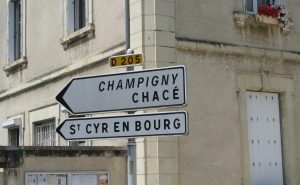
“The madness of the wolves” is a not so mad, but a convivial sparkling wine of Cabernet Franc. The grapes are sourced from two vineyards that are specific to making this wine. The new release, based on the 2020 vintage was made in INOX steel, followed by second fermentation in the bottle and a tiny dosage at the end. Nerleux’ Rosé Crémant de Loire is a smartly easy wine by-the-glass that practically guarantees the response, “I’ll have another please.”
Amelie Neau perhaps describes the wine best: “The colour has the delicacy of raspberry and the colour of Loire salmon. The effervescence forms a delicate creamy cord. The nose is persistent, the red and black fruits (raspberry, strawberry, blackcurrant) bring a very nice fruity freshness. On the palate, the impression is velvety, even unctuous, as the sparkling fine bubbles excite the satisfied palate of the taster. Of all my wines, I find I drink my Rosé Crémant de Loire most often.”
Knobby old-vines of Châtains born in 1933 (with 50% replanting in the 1990s), this wine remains one of the best values for pure-joy Cabernet Franc. The fruit, untouched by synthetic chemicals, is fermented in cement, then moves to steel where it rests for about a year. Bottled unfiltered (slightly fined), this is textbook Loire-style Cabernet Franc: pinched blackberries and black cherries greeted by a firm handshake of tannin, the warmth of spice and candied violet, and freshness of aloe vera.
Amelie Neau is very happy with her 2019 “Clos des Chatains,” and we think you will be too: “The robe is garnet with glints of purple, a sign of perfect ripeness of the grapes and of particular care during ageing. The nose gradually reveals itself around aromas of baked red and black fruits, a floral hint of iris and a touch of brown tobacco, expressing a beautiful smoothness and great depth. The mouth is ample. I find all the aromatic and structural characteristics of a most classic Cabernet Franc here. The tannins are present, but not aggressive, bringing length to the wine and allowing it to respond so well to dishes of savory meats and a great many cheeses.”
